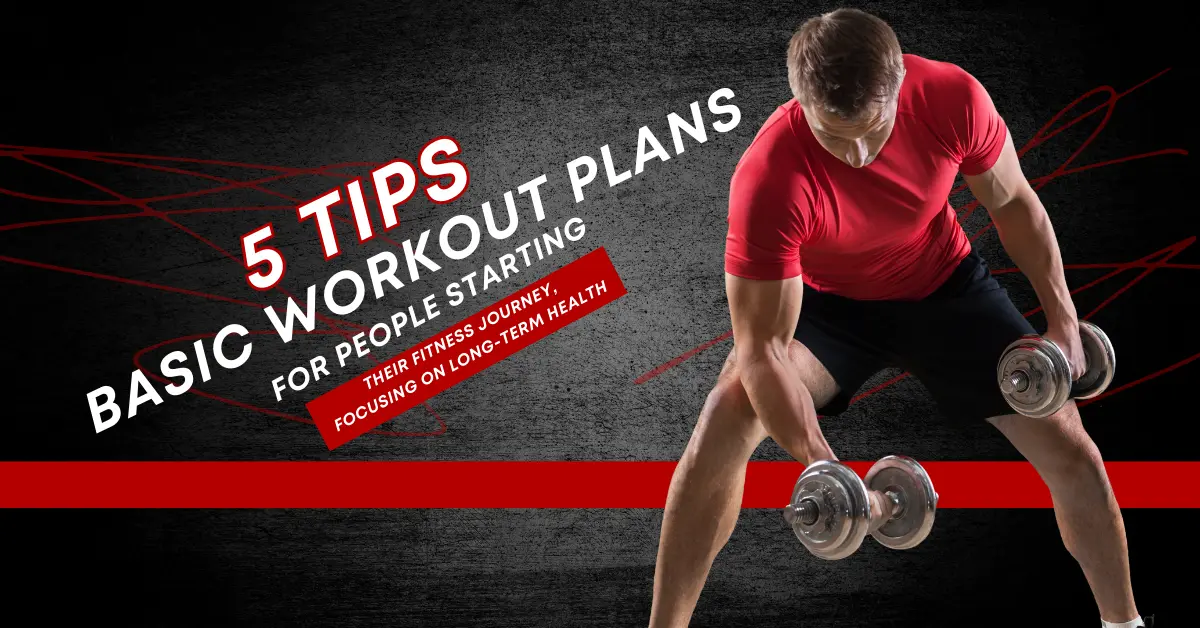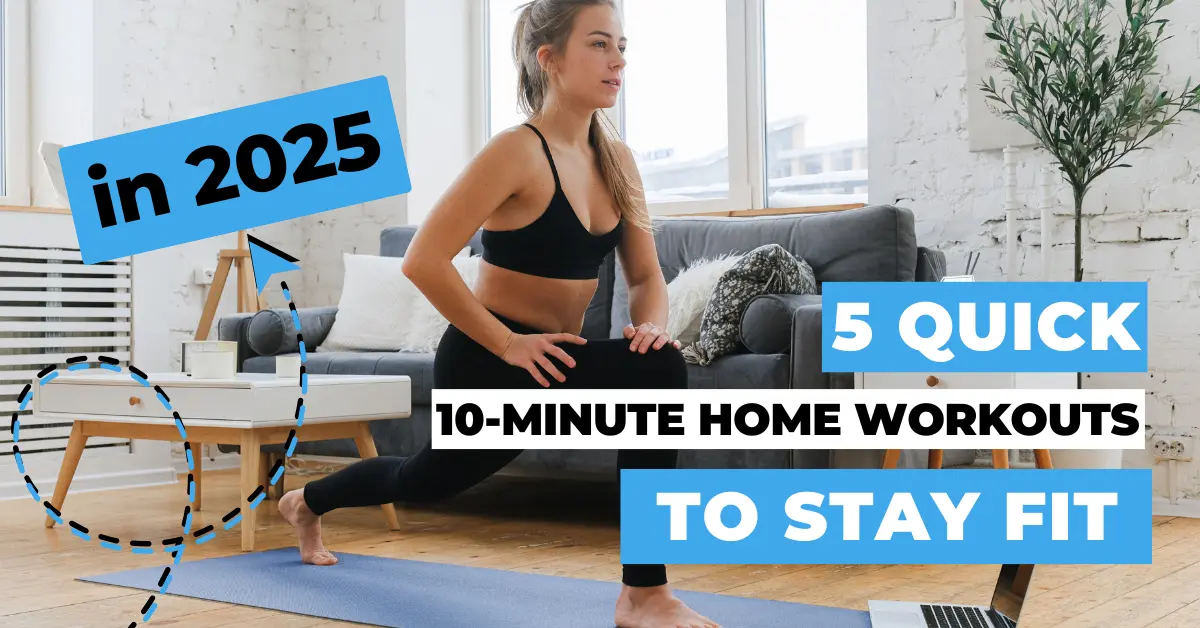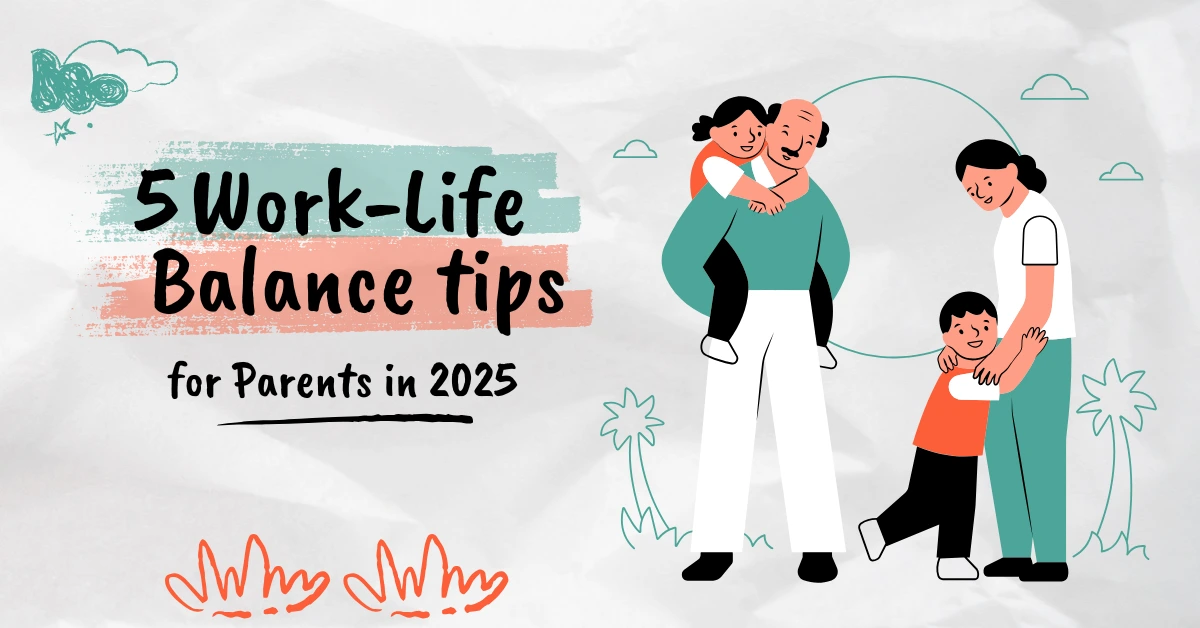
5 Tips: Basic Workout Plans for People Starting Their Fitness Journey, Focusing on Long-Term Health
- 138
- 0
- 0
Workout plans for people starting their fitness journey are essential for long-term health. They help build strength, improve endurance, and boost overall well-being. Starting with simple exercises and gradually increasing intensity ensures safety and prevents injury. A well-structured plan keeps you motivated and makes it easier to track progress. It also encourages consistency, which is key to achieving lasting results. Incorporating a mix of cardio, strength training, and flexibility exercises promotes balanced fitness and helps develop healthy habits that can last a lifetime, leading to a happier and healthier life.
Basic workout plans for people starting their fitness journey, focusing on long-term health
Starting a fitness journey can feel overwhelming. There’s so much information out there, and it’s hard to know where to begin. But don’t worry! We’re here to assist you get initiated on the right foot. This blog post will give you 5 basic workout plans for people starting their fitness journey, focusing on long-term health.
Tip 1: Start Slow and Build Gradually

When you’re just beginning your fitness journey, it’s important to start slowly. Many people make the mistake of doing too much too soon, which can lead to burnout or injury. Here’s how to begin:
Walking Plan
Walking is a great way to start getting active. It’s easy on your joints and doesn’t need any particular equipment. Here’s a simple method to get you started:
- Week 1-2: Walk for 15 minutes, 3 times a week
- Week 3-4: Increase to 20 minutes, 3 times a week
- Week 5-6: Aim for 25 minutes, 3-4 times a week
- Week 7-8: Try for 30 minutes, 4 times a week
Remember, the goal is to make this a habit. Don’t worry about speed at first – just focus on getting out there regularly.
Basic Strength Training
Once you’re comfortable with regular walking, you can add some basic strength training. Here’s a simple routine to do twice a week:
- Bodyweight squats: 2 sets of 10 repetitions
- Wall push-ups: 2 sets of 10 repetitions
- Lunges: 2 sets of 10 repeats (each leg)
- Plank: Hold for 15-30 seconds, 2 times
As you get more powerful, you can improve the number of sets and repeats.
Tip 2: Focus on Proper Form

Good form is crucial when exercising. It helps prevent injuries and ensures you’re getting the most out of your workouts. Here are some tips for maintaining proper form:
Squats
- Stand with feet shoulder-width apart
- Keep your chest up and your weight on your heels
- Bend your knees and lower your body as if you’re sitting down in a chair.
- Ensure your knees are aligned with your toes.
- Press through your heels to rise back up.
Push-ups (wall push-ups for beginners)
- Stand arm’s length from a wall
- Position your hands on the wall at shoulder height
- Lean in, bending your elbows
- Keep your whole body straight from head to heels
- Push back to the starting position
Lunges
- Step forward with one leg
- Lower your body until both knees are bent at 90-degree angles
- Keep your front knee above your ankle
- Push back to the starting position
- Repeat with the other leg
Plank
- Start on your hands and knees
- Stretch your legs back, keeping your body in a straight line
- Hold this position, keeping your core tight
- If this is too difficult, you can do this with your knees on the ground
Remember, it’s better to do fewer repetitions with good form than many with poor form.
Tip 3: Make Consistency Your Goal

Consistency is key when it comes to fitness. It’s better to work out for 15 minutes every day than to do a 2-hour session once a week. Here’s how to build consistency:
Create a Schedule
Schedule your workouts like you would any other necessary appointment. Write them in your calendar and treat them as non-negotiable.
Start Small
Begin with short, manageable workouts. It’s easier to commit to 15 minutes a day than an hour.
Track Your Progress
Keep a simple log of your workouts. This can be as easy as marking an ‘X’ on a calendar for each day you exercise. Catching your improvement can be very motivating.
Be Flexible
If you miss a workout, don’t give up. Just get back on way the next day. Remember, it’s about long-term habits, not short-term perfection.
Tip 4: Incorporate Different Types of Exercise

For overall health and fitness, it’s good to include different types of exercise in your routine. Here’s a basic plan that incorporates various forms of exercise:
Monday: Cardio
Long 30 minutes of fast walking, cycling, or swimming
Tuesday: Strength Training
Basic strength routine (see Tip 1)
Wednesday: Flexibility
15-20 minutes of basic stretching or beginner yoga (you can find free videos online)
Thursday: Cardio
30 minutes of your chosen cardio activity
Friday: Strength Training
Repeat Tuesday’s routine.
Saturday: Active Rest
Go for a leisurely walk, do some gardening, or play a sport you enjoy
Sunday: Rest
Take a whole rest day to let your body heal.
Remember, this is just a sample plan. Feel free to adjust it to fit your schedule and preferences.
Tip 5: Pay Attention to Nutrition

Exercise is just one part of a healthy lifestyle. What you eat plays a huge role in your overall health and fitness. Here are some basic nutrition tips to support your new exercise routine:
Stay Hydrated
Drink plenty of water throughout the day, particularly before, during, and after training.
Eat More Fruits and Vegetables
Aim to include a fruit or vegetable with each meal. They’re packed with nutrients your body requires.
Choose Whole Grains
Opt for whole-grain bread, pasta, and rice rather than progressive versions. They provide more nutrients and fiber.
Include Lean Protein
Protein helps repair and build muscle. Good sources include chicken, fish, lean beef, beans, and tofu.
Limit Processed Foods
Try to cook more meals at home using whole ingredients. This gives you more power over what you’re consuming.
Don’t Skip Meals
Eating regularly helps keep your energy levels stable and prevents overeating later.
Remember, you don’t have to switch everything at one time. Start with one or two small changes and build from there.
Listening to Your Body
As you start your fitness journey, it’s crucial to listen to your body. Here’s what to keep in mind:
Know the Difference Between Good Pain and Bad Pain
Some muscle soreness after a workout is normal, especially when you’re just starting. But sharp pain, especially in your joints, is not normal. If something hurts, stop doing it and consult a doctor if the pain persists.
Rest When You Need To
It’s okay to take extra rest days, especially when you’re feeling very tired or sore. Overtraining can direct to damage and burnout.
Adjust As Needed
If an exercise feels too hard, it’s okay to modify it. For example, you can do push-ups on your knees instead of your toes. As you get stronger, you can try the more challenging version.
Celebrating Your Progress
Remember to mark your accomplishments, no matter how little they might seem. Did you work out three times this week as planned? That’s worth celebrating! Did you choose a piece of fruit instead of a cookie for a snack? That’s a win!
Recognizing your progress helps keep you motivated. It’s not just about weight loss or how you look – notice how you feel. Do you have more energy? Are everyday tasks getting easier? These are all signs that you’re making progress.
Conclusion
Starting a fitness journey is a big step towards better health, and you should be proud of yourself for taking it. Remember, this is about long-term health, not quick fixes. Be patient with yourself, stay consistent, and don’t be afraid to adjust your plan as needed. Everyone’s fitness journey is unique. What functions for someone else might not function for you, and that’s okay. The most important thing is to find activities you enjoy and a routine that fits your lifestyle. That way, you’re more probable to attach with it in the long run.
Remember, you’re not alone on this journey. Consider joining a fitness class, finding a workout buddy, or connecting with others online who are also starting their fitness journeys. Having support can make a big difference. Lastly, don’t forget to enjoy the process. Getting fit and healthy is a positive thing – it shouldn’t feel like punishment. As you continue on your fitness journey, you’ll likely discover new activities you enjoy and new things about yourself.
FAQs
How often should I work out as a beginner?
Answer: As a beginner, aim to work out at least 3 to 4 times a week. Start with shorter sessions, around 20-30 minutes, and gradually increase the duration and frequency as you become more comfortable.
What types of activities should I possess in my plan?
Answer: Your workout plan should include a mix of cardio exercises, like walking or cycling, strength training with weights or bodyweight exercises, and flexibility activities like stretching or yoga to promote overall fitness.
How can I stay motivated to stick to my plan?
Answer: To stay motivated, set realistic goals and track your progress. Find a workout buddy, join a class, or reward yourself for reaching milestones. Enjoyable workouts make it easier to stay committed.
Should I consult a professional before starting?
Answer: Yes, consulting a fitness professional or doctor is a good idea, especially if you have health concerns. They can help create a personalized plan and ensure you’re exercising safely and effectively.
What should I do if I miss a workout?
Answer: If you miss a workout, don’t stress. Just get back on the route the very next day. Consider adjusting your schedule to fit in the missed workout or modify your plan to stay consistent.
Also Read:
How Practicing Mindfulness Can Improve Mental Health and Well-being
7 Essential Life Skills Everyone Should Learn
References:
https://pmc.ncbi.nlm.nih.gov/articles/PMC3441783/
https://pmc.ncbi.nlm.nih.gov/articles/PMC8997544/
https://en.wikipedia.org/wiki/Physical_fitness
Disclaimer:
Basic Workout Plans for People Starting Their Fitness Journey, Focusing on Long-Term Health
This article provides general workout suggestions for beginners. Results may vary for each individual. It is advisable to consult a healthcare or fitness professional before starting any new fitness plan. We are not responsible for any injuries or health outcomes.
Related post

7 Health Benefits of Assam Tea

5 Quick 10-Minute Home Workouts to Stay Fit in 2025

